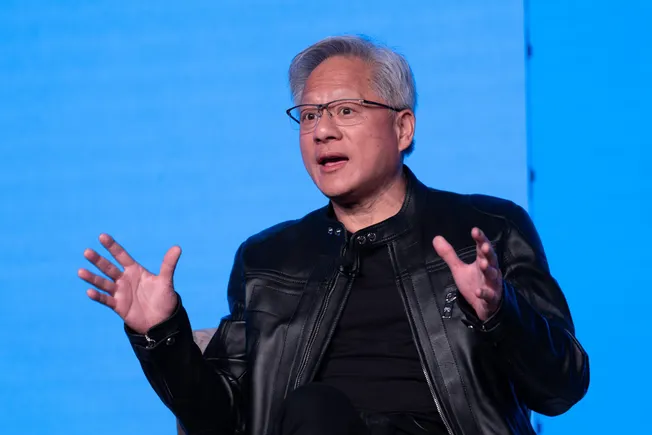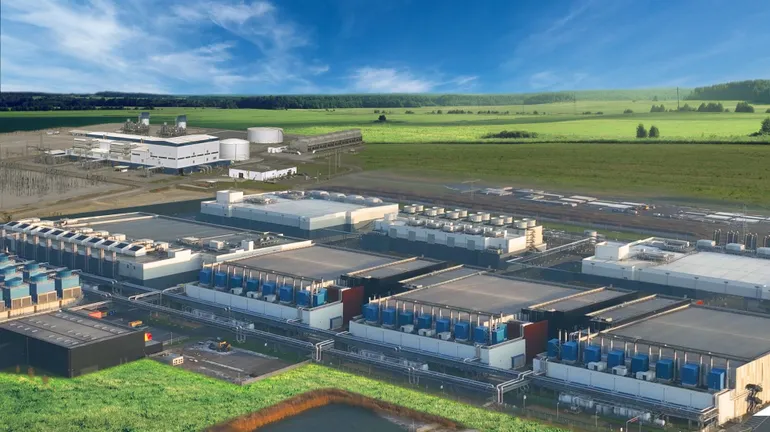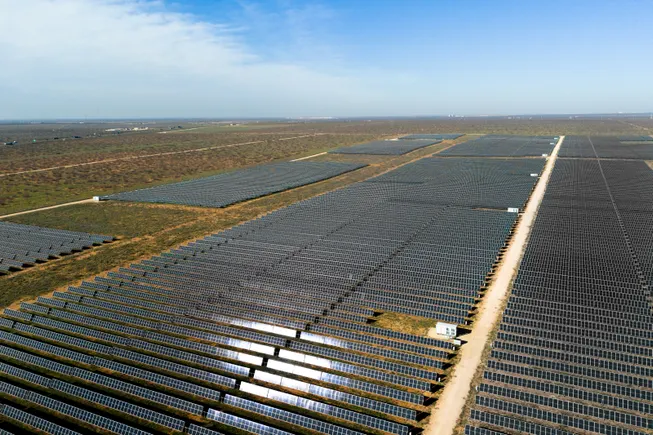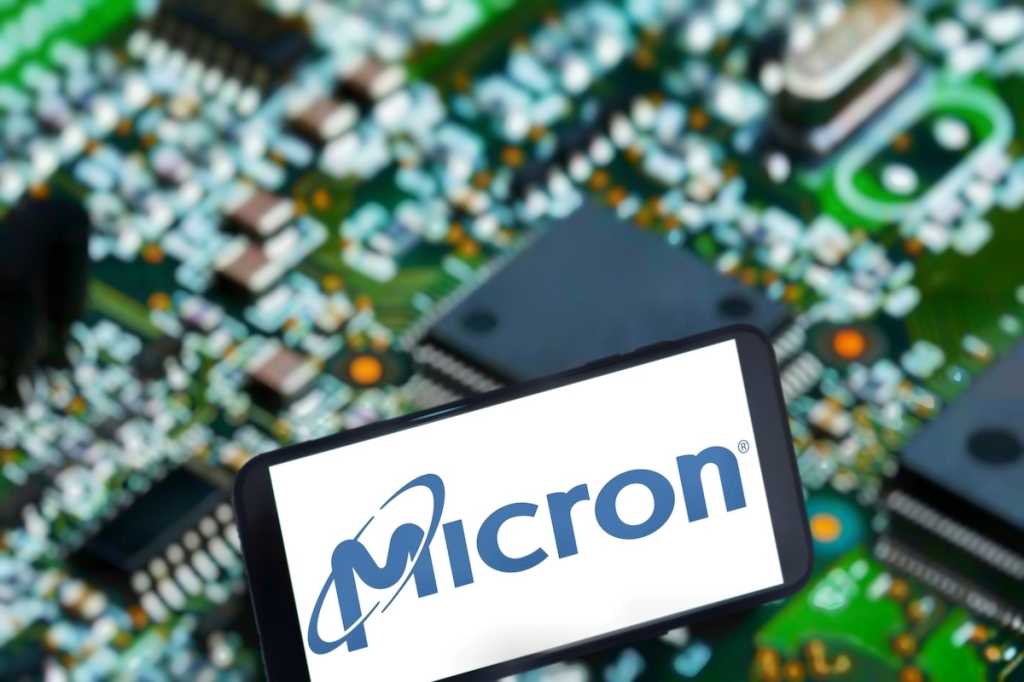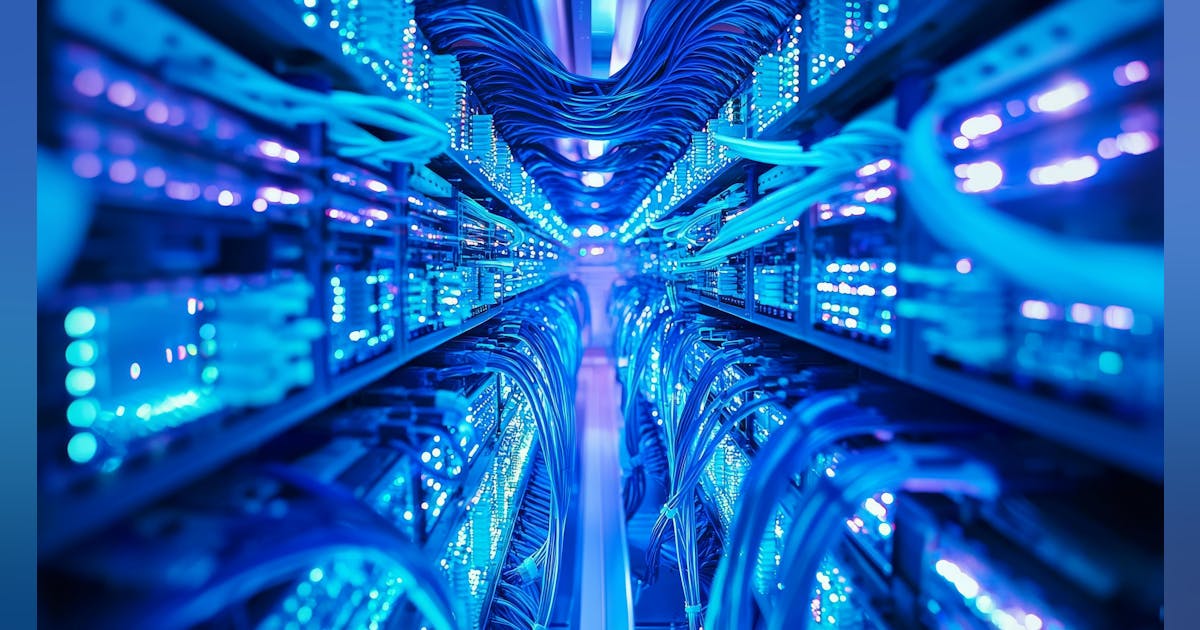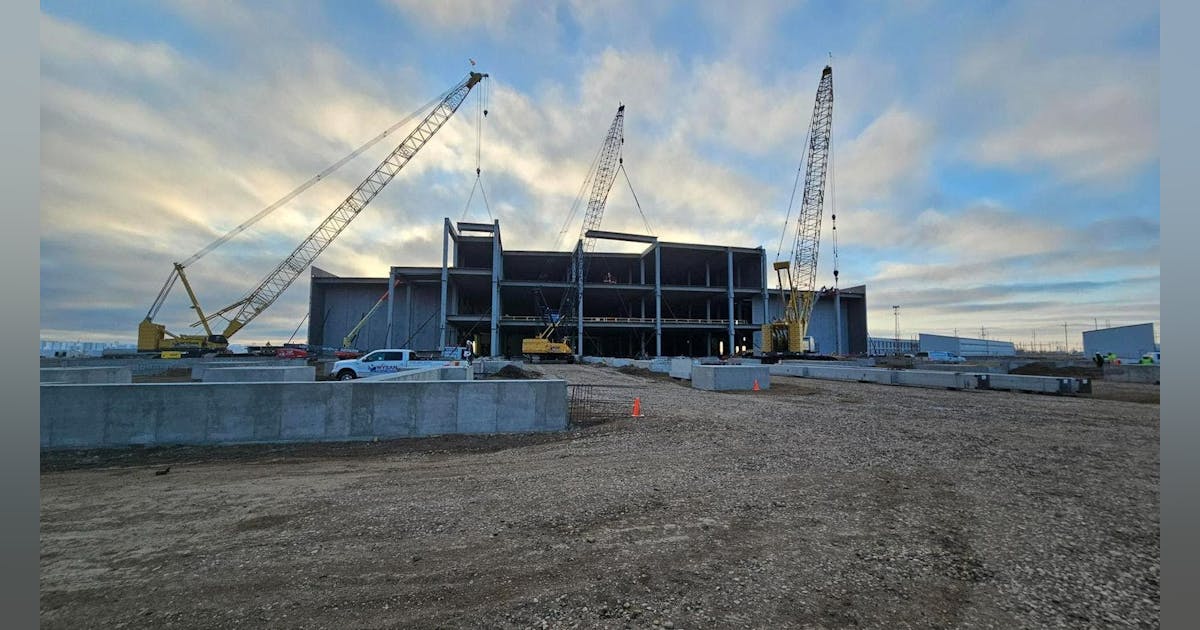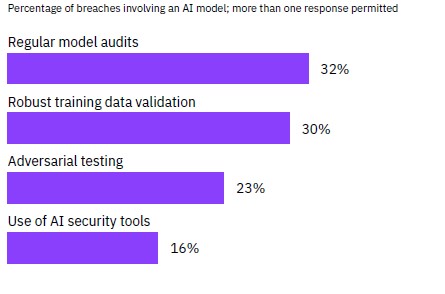
Hypershield is comprised of AI-based software, virtual machines, and other technology that will ultimately be baked into networking components such as switches, routers and servers. It promises to let organizations autonomously segment their networks when threats are a problem, gain rapid exploit protection without having to patch or revamp firewalls, and automatically upgrade software without interrupting computing resources, Cisco said.
Networking, AI and platformization goals
Looking ahead, Cisco needs to refocus on enterprise networking and work to make the data center an all-inclusive home for AI applications, industry watchers say. Security technologies must continue to be a priority as well.
“2025 will be an important year for Cisco as the company executes ambitious internal changes while looking to capitalize on a dynamic external environment driven by the AI opportunity,” said Brandon Butler, senior research manager, enterprise networks, with IDC.
Revamped leadership will play a role: In August 2024, Cisco announced plans to reconfigure its networking, security and collaboration business units as part of a restructuring that included a 7% global workforce reduction and established Jeetu Patel as chief product officer.
“As for the internal changes, the ascension of Jeetu Patel to executive vice president and chief product officer is a significant move for the company. Patel has an opportunity to more closely unify Cisco’s broad product portfolio while ensuring it aligns with top growth areas,” Butler said.
A key part of this strategy will be Cisco’s vision for a platform approach to networking and security, which enables more unified experiences and management across Cisco’s products and allows integrated features, like AI, observability and security, to be baked into each one, Butler said.







